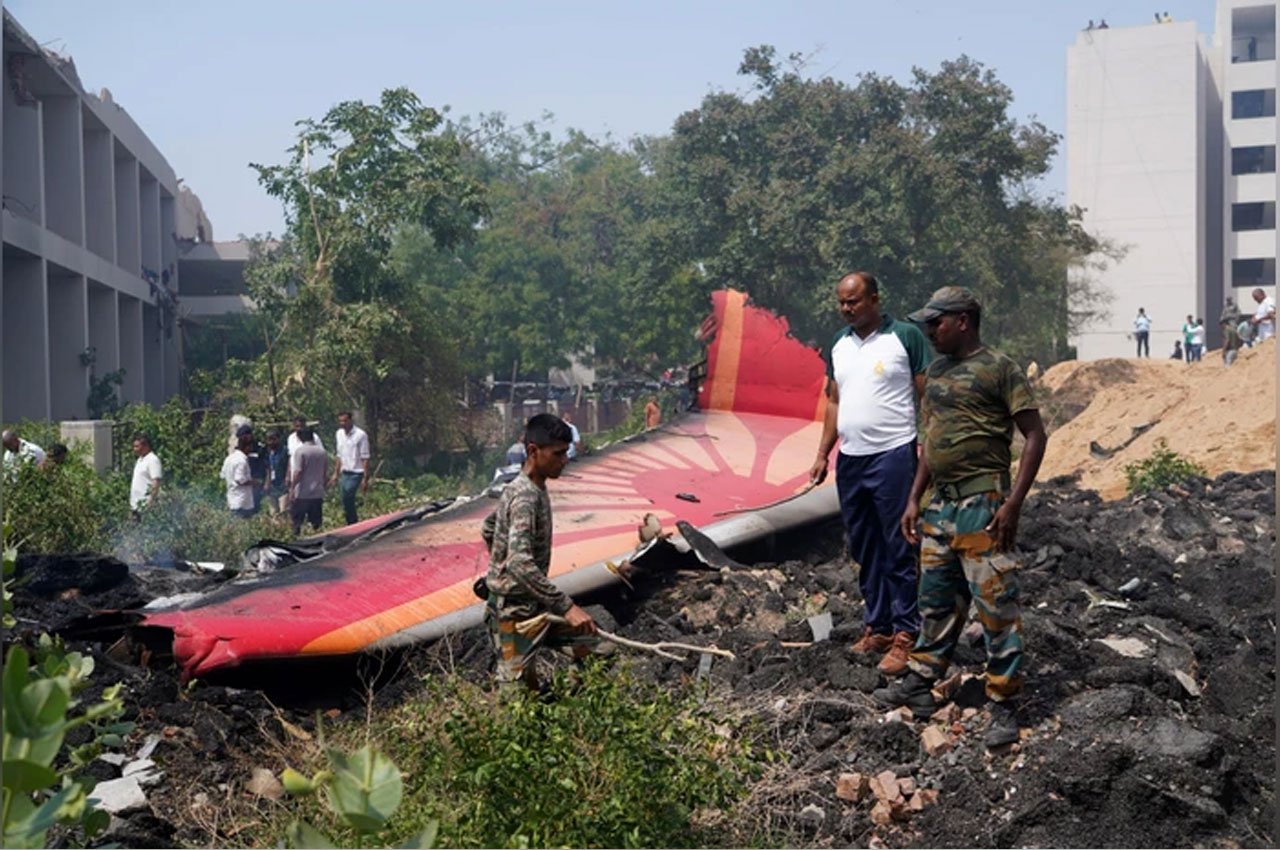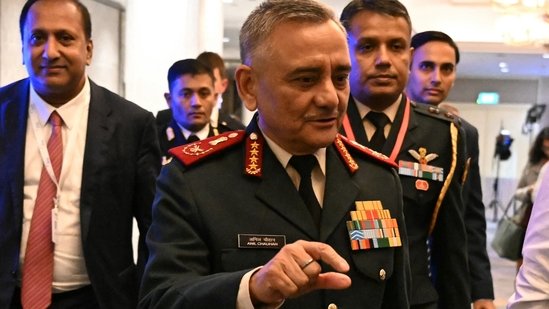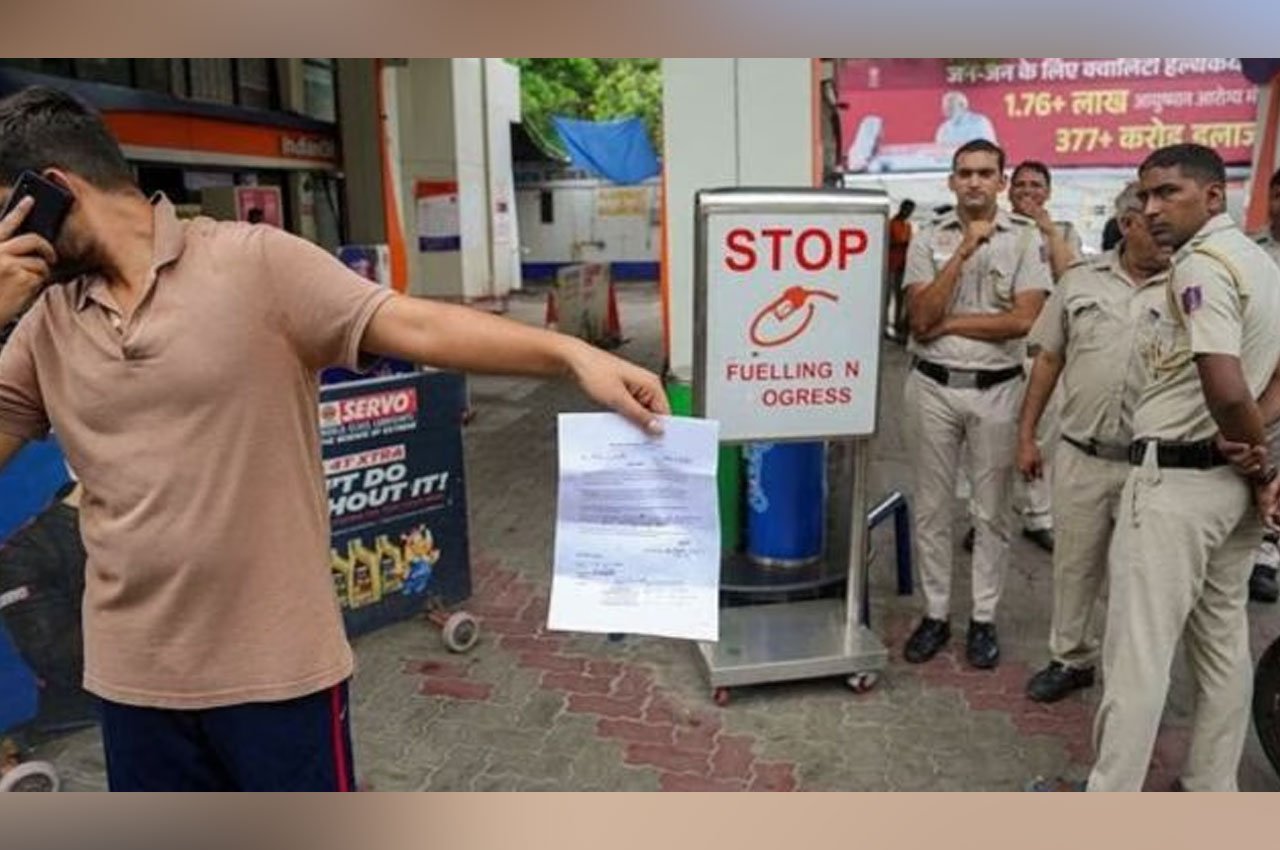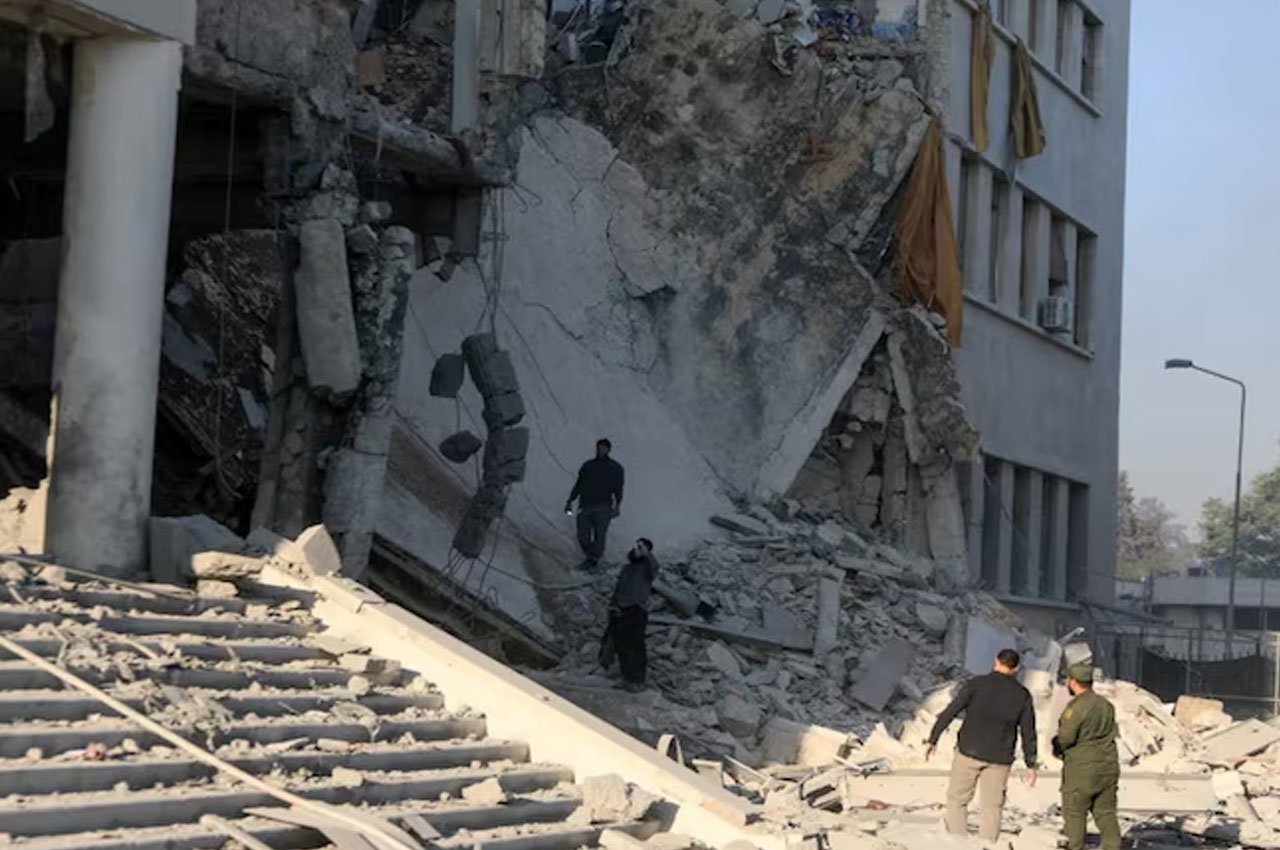In a major development in the Ahmedabad plane crash probe, new findings have shifted the focus squarely on the senior pilot, raising critical questions about cockpit decision-making during the moments leading up to the July 7 incident involving an Air India Express flight from Abu Dhabi, reported Business Standard.
According to sources familiar with the preliminary investigation, the cockpit voice recorder (CVR) and flight data analysis have revealed a series of questionable judgments made by the pilot in command, who was undergoing training for a higher qualification. The crash, which involved a Boeing 737 aircraft, saw the plane overshooting the runway and ramming into infrastructure on the ground, resulting in significant damage but, fortunately, no loss of life.
The Directorate General of Civil Aviation (DGCA) has not made the full report public, but insiders confirm that investigators are scrutinizing the chain of command in the cockpit. The flight was being operated under the supervision of a training captain, while the actual controls were being handled by a trainee captain seeking an upgrade to operate international routes. However, the senior pilot allegedly failed to intervene in time to correct a dangerously unstable approach—despite having multiple opportunities to do so.
The Ahmedabad plane crash could have been avoided, say investigators, had a go-around been initiated sooner. Instead, the flight landed hard, resulting in a tire burst and eventual loss of directional control, leading the aircraft to skid off the runway. The preliminary report points toward a potential lapse in standard operating procedure adherence and cockpit resource management, which is particularly damning given the seniority of the instructor present.
Insiders from the airline industry suggest this incident has sparked fresh concerns about how training flights are being conducted in Indian aviation, especially by private and semi-government carriers under pressure to fill senior roles amid a pilot shortage. “Training flights are high-stakes operations. If the trainer hesitates or gives too much leeway to the trainee, things can go wrong very quickly,” said a senior commander with a leading airline.
Passengers on the flight have since reported panic and disarray after the aircraft came to a halt. Emergency services were deployed immediately, and the DGCA launched a full-scale investigation, retrieving both the CVR and flight data recorder (FDR) within hours of the incident. Both black box devices were flown to Delhi for analysis.
The Ahmedabad crash has also prompted questions about regulatory oversight and post-COVID pilot proficiency. With a surge in travel and an increase in flight frequencies, some fear that airlines may be accelerating crew upgrades too quickly to meet demand. “The system cannot afford to cut corners. This crash is a wake-up call,” said a former DGCA official.
Air India Express has maintained that it is cooperating fully with the investigation and has de-rostered both pilots pending the final inquiry. In a brief statement, the airline emphasized its commitment to safety and said appropriate action will be taken based on the DGCA’s recommendations.
For now, all eyes remain on the senior pilot, whose decisions—or lack thereof—during those crucial final minutes are being dissected frame by frame. The aviation community, while relieved there were no fatalities, agrees that the Ahmedabad plane crash could have easily turned tragic and that lessons must be learned before complacency becomes routine.
Photo Credit: Business Standard
For more Spotlight stories click here
Follow us for latest updates:




